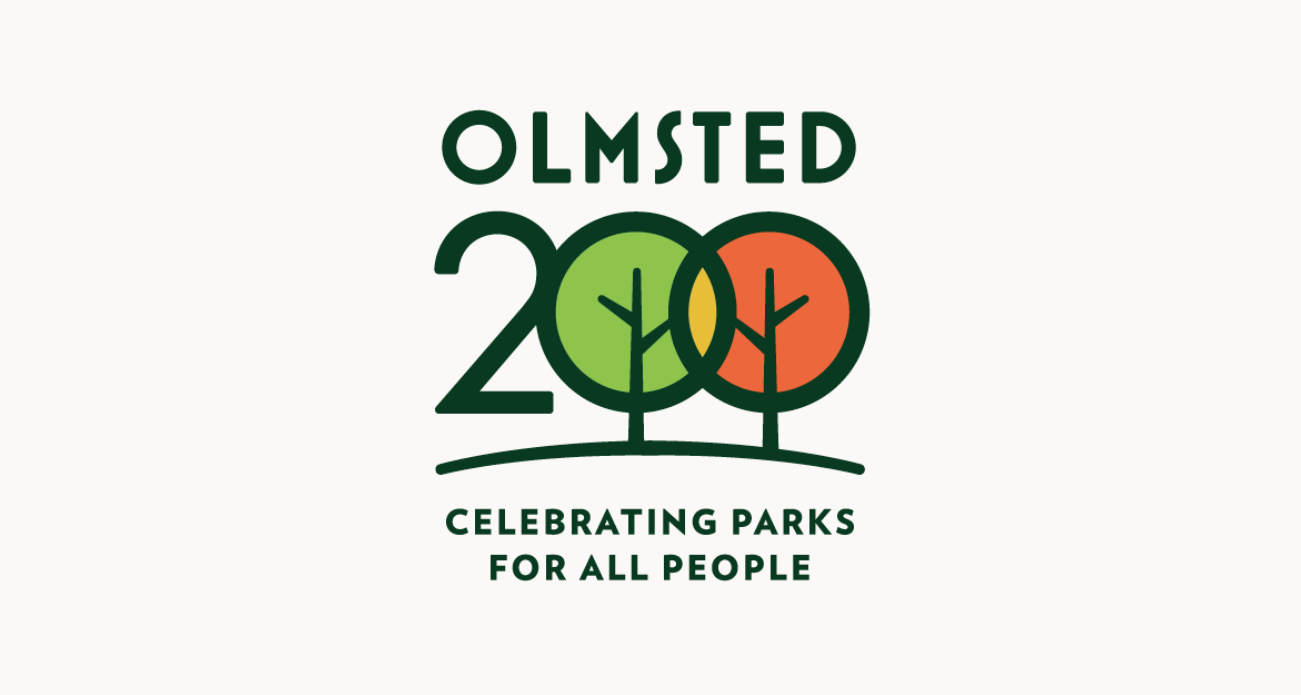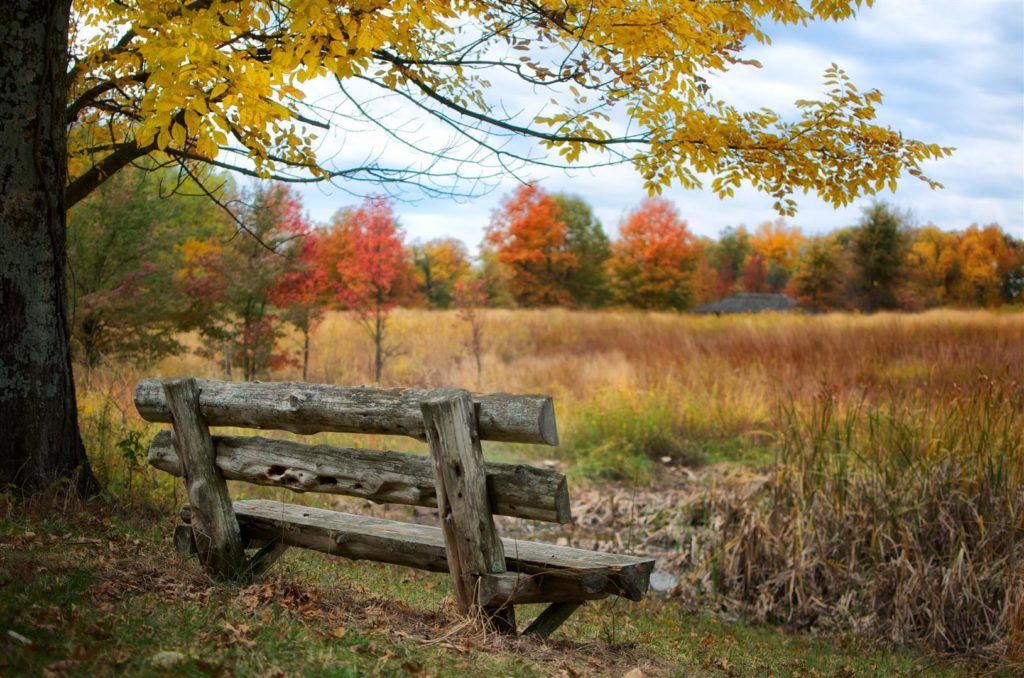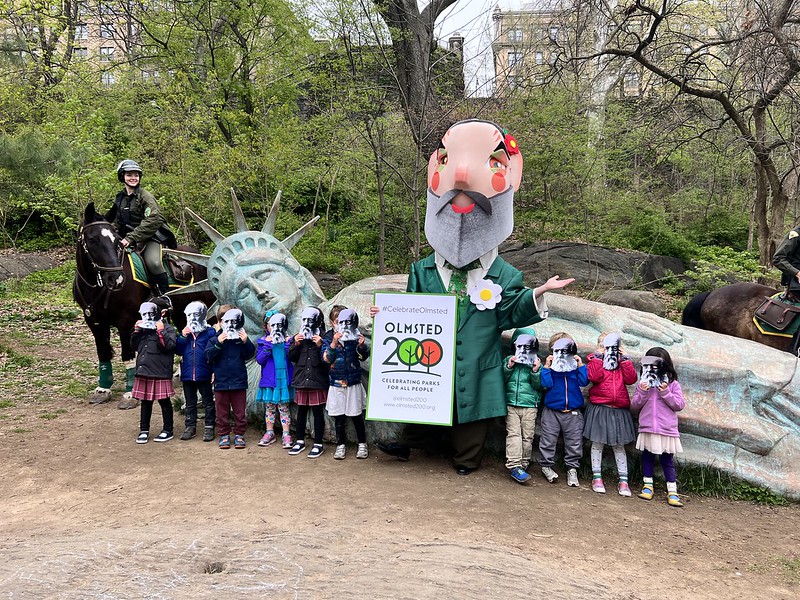
Frederick Law Olmsted.
Most of us know the name because of his most famous work, New York’s Central Park. In fact, Olmsted and the Olmsted firm created parks and green spaces across the country, from Boston to Seattle and to Atlanta, Buffalo, DC, and Louisville in between. From coast to coast the modern urban experience has been shaped by this visionary landscape architect.
In 2020, Olmsted’s parks also have become a talking point. In the face of a pandemic, his parks have offered relief and respite, allowing us to survive in these challenging times. But Olmsted’s importance extends far beyond the physical imprint. As we prepare to mark Olmsted 200, the bicentennial of his birth in 2022, Olmsted’s design principles and philosophy offer important lessons to guide us through the pandemic.
Olmsted was writing and working in the late nineteenth century, just as the country began its transition from a rural to an urban society. During that time, cities were dirty, crowded, and unhealthy places. Olmsted believed that urban parks could serve as “lungs of the city.”
In most cultures, Olmsted observed, parks were private property reserved for only the most wealthy. In America, parks could be for all people—a “democratic development of the highest significance.” Parks offered a green version of the town square, a place for people to come together and build community.
This commitment to egalitarianism was reflected in Central Park’s design. There was a grand promenade where people could see others and be seen, a meadow, ramble, ice skating rink, and dairy. There, one would also find paths and roadways separated from each other to allow those on foot, in carriages, and on horseback to experience the park without distraction or concern for safety.
Activities in the park were immensely popular and open to all. A reporter for the New York Herald noted, “Masters Richard and William from Fifth Avenue in their furs and plain Dick and Bill from the avenues nearer the rivers…were all mingled in joyful unity.” Parks should provide an “opportunity for people to come together for the single purpose of enjoyment, unembarrassed by the limitations with which they are surrounded at home or in the pursuit of their daily avocations…”, wrote Olmsted.
Long before scientists confirmed his viewpoint, Olmsted understood that nature was critical to mental and physical well-being. In 1873 he noted that physicians were “prescribing” visits to the park—an approach adopted and applied by doctors in the twenty-first century. “The much greater rapidity with which patients convalesce and may be returned with safety to their ordinary occupations” after a visit to the park, he wrote, “is [just] beginning to be understood.”
Faced with challenges, not unlike those of today, Olmsted urged officials to enrich urban life through thoughtful planning as a way to promote what he called “communitiveness.”
For Olmsted, “communitiveness” was the essence of civilization. It required a person “to serve others and to be served by others in the most intimate, complete, and extended degree imaginable.” In the late nineteenth century, rapid industrialization had prompted growing economic disparities and materialism that undermined community. Olmsted believed that a healthy civil society was one that brings people together in service to each other.
Parks and landscapes have always been beautiful and restorative. But in the service of communitiveness, landscape was much more. Parks and open spaces were essential because they allowed beleaguered city dwellers to be restored and invigorated so that they might devote themselves to the benefit and welfare of others. Parks contributed to mental and physical health, and by doing so, they helped develop the web of support and connections that make community possible. They were, in Olmsted’s words, “the most valuable of all possible forms of public places.”
Today, 85 percent of Americans live in urban areas. A healthy urban environment is more critical than ever, contributing to a city’s economic vitality, recreation, education, and sustainability. Our parks are essential to public health, as the thousands who have been visiting parks in recent months have confirmed.
In these times of trauma, Olmsted has bequeathed us valuable lessons for the twenty-first century. He has shown us, in city after city, the value of green and open spaces accessible to all, with respectful engagement required in the age of the coronavirus. He has provided us with designs that renew our spirits and restore our souls. He has invoked the better angels of our nature to come together in a spirit of communitiveness and dedication to each other.
This piece first appeared in The Garden Club of America’s Fall 2020 Bulletin. www.gcamerica.org.











